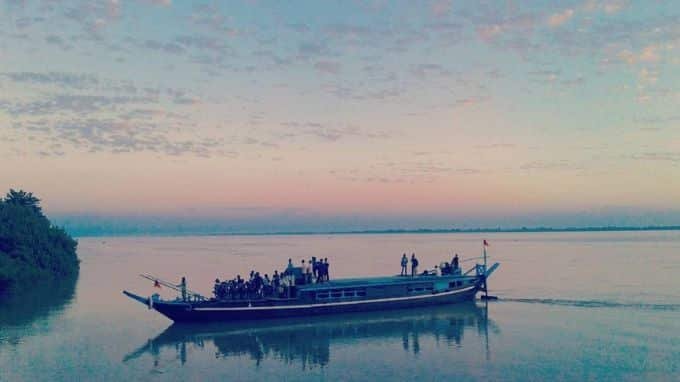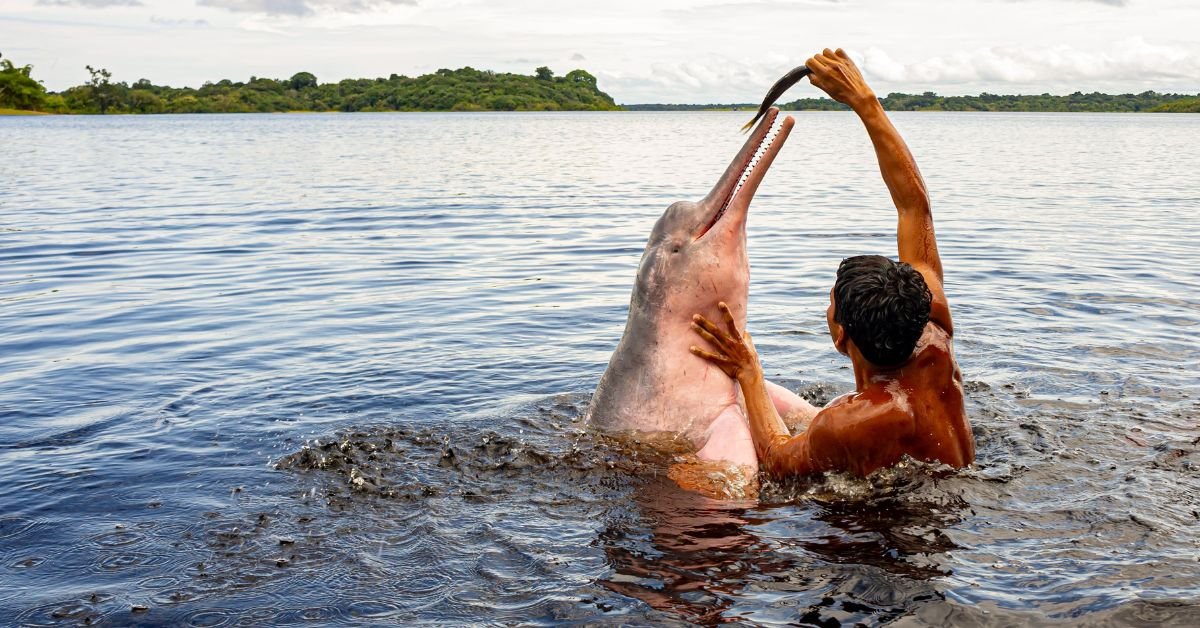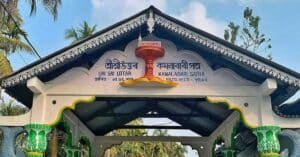Brahmaputra River Dolphin, locally known as Xihu/hihu, is as famous as one-horned rhinoceros of Assam. Though commonly termed as Brahmaputra river dolphin in Assam, they are also known as Ganges river dolphin, a sub species of South Asian river dolphin. Did you know Ganges river dolphin is the national aquatic animal of India? Well, now you know. In this blog, we will discuss details of Brahmaputra river dolphin, its habitat, where you can see them and various aspects of its conservation.
About Brahmaputra River Dolphin
Brahmaputra river dolphin are toothed whales in the genus Platanista, which inhabit the waterways of the Indian subcontinent, mainly in India and Bangladesh. They are found primarily in the river Ganges and the Brahmaputra River and their tributaries. Living in murky waters, Brahmaputra river dolphin are nearly blind, their tiny eyes having flattened corneas and no lens. These river dolphins can live up to 30 years.

Where Do You Find Them?
Xihus or Brahmaputra river dolphins can be found in the Ganges, Brahmaputra, Meghna, Karnaphuli, and Sangu rivers, as well as their tributaries. Their habitat spans from the Himalayan foothills to the Delta of Ganga-Brahmaputra river, covering the countries of Nepal, India, and Bangladesh. Xihus prefer deep waters, in and around the confluence of two or more rivers. Dolphin shares its habitat with crocodiles, freshwater turtles and wetland birds.
Can You Spot a River Dolphin in Brahmaputra?
Yes, if you are lucky enough. River dolphins in Brahmaputra are spotted mainly during Monsoon and post-monsoon period. Usually, they swim through in a river in a school of ten or more dolphins.
Places of Assam to Spot Brahmaputra River Dolphin
Hihus or Brahmaputra river dolphins are scattered all across the river Brahmaputra. If you are lucky enough, you can spot a river dolphin at any place any time while you cross the river on a ferry service or you book a river cruise in Brahmaputra. But, there are some places in Assam, where chances of spotting a river dolphin are maximum. Here is the list of those places.
Dolphin Viewing Spot near Mayong Village

As the river Brahmaputra flows by the north of Mayong village, it gives special significance to it. A tiny spot near 1 km away from the village is known for the appearance of a riverine Dolphin. It is the confluence of River Kopili and river Brahmaputra. The months of September and October are the best seasons to witness Dolphin/ Xihu in the river Brahmaputra. Even if you miss the sighting, the place is one of the best and most peaceful places near Chanaka. It gives the best view of the Brahmaputra. If you are visiting Mayong or Pobitora Wildlife Sanctuary, then you can check out this place. It is 42 km from Guwahati. It can be reached via State Highway 3 via Mayong. Here is the Google map location to this place.
Bhomoraguri near Tezpur

Bhomoraguri is located near Tezpur town of Assam and one of the most visited places of Tezpur. As told earlier, river dolphins of Brahmaputra are mainly located at the confluence of two rivers, Bhomoraguri is the place where Kameng river meets river Brahmaputra. You can enjoy boat safari from this to Kaziranga and explore Kaziranga National Park from the river Brahmaputra. Here is the Google map location to this place.
Nimati Ghat near Jorhat Town

Nimati Ghat is the entry point to Majuli Island of Assam. The vast strech of water connceting Jorhat and Majuli distrcit of Assam is an ideal spot for dolphin sighting. Dolphins are generally sightd upstream of the Neamati Ghat near the confluence point of River Dhikhou and also in front of the Aphalamukh jetty.
Apart from these there places, dolphin hotspots in Brahmaputra are found in districts like Sivasagar, Kamrup and Goalpara.
Reason For The Decline of Brahmaputra River Dolphin
The river dolphin, designated as both the national aquatic animal and state aquatic animal of Assam, holds Schedule-1 status under the Wildlife Protection Act, 1972. Additionally, it is classified as ‘endangered’ by the International Union for Conservation of Nature (IUCN). Despite a past thriving presence in Assam, spanning the Brahmaputra and its tributaries such as Kulsi and Subansiri, the species is currently facing significant challenges due to increasing pollution, river dams, fishing, noise pollution etc. Being nearly blind and relying on echolocation for navigation, river dolphins are also negatively affected by noise pollution from boats. Due to their position at the apex of the riverine food web, river dolphins accumulate substantial levels of persistent organic pollutants, pesticides, and heavy metals in their systems.
Conservation Status of Xihu / River Dolphin in Assam
The Brahmaputra river system remains a major stronghold for the Gangetic river dolphins, harbouring 30% of its world population. Dolphins are present in national parks like Kaziranga and Orang, as they enjoy sufficient protection there. However, its population is rapidly decreasing. It is estimated that there are only 300 river dolphins in the river Brahmaputra. A project named ‘Dolphin Conservation Network’ is being run to conserve the endangered river dolphin (Xihu/Hihu) in the Brahmaputra river system through the involvement of local communities residing in and around Dolphin habitat.
Recently, in order to raise awareness about Brahmaputra river dolphin, Xihu has been named as the mascot or official animal of Guwahati city.











